Is my discharge normal?
Vaginal discharge may seem like a nuisance, but the mucus that sometimes leaves your underwear feeling sticky and wet is in fact your vagina’s ingenious, built-in cleaning mechanism. While most women have vaginal discharge, the frequency, amount and texture of the fluid can vary considerably from person to person. You may have noticed that it even changes during different points of your menstrual cycle. Right before ovulation the mucus typically becomes slippery and clear, like raw egg whites, and more abundant than normal. This is usually followed by a few drier days and then a return to the usual white, slightly sticky discharge. During ovulation and after your period, it’s not unusual to have some pink or brown spotting. However, if you at any time experience smelly, watery, green, yellow, grainy, frothy or thick white discharge, it could be a sign that something isn’t quite right.
Normal discharge:
- is usually clear, white or light yellow
- is odourless or has a slightly tangy or sweet smell
- is thick, sticky and wet
Abnormal discharge
Discharge can be an important indicator of your vaginal health, so it’s good to get to know your mucus. For example, if you notice a thick white and lumpy discharge that resembles cottage cheese, it’s likely caused by a yeast infection, whereas an extremely smelly, watery discharge is a telltale sign of bacterial vaginosis (BV). Smelly, green or yellow discharge can be caused by a sexually transmitted disease (STD) like trichomoniasis or chlamydia. If you’ve had unprotected sex, you also need to pay attention to pink or brown spotting or discharge that occurs during the time you’d normally have your period – it could be a sign of pregnancy. If your discharge is abnormal, you likely have other noticeable symptoms as well, like itching, strong odor, redness, swollenness or irritation.
Is it possible to treat discharge?
It’s not possible to treat normal, healthy discharge and there’s really no need to. But if an infection or STD is causing your discharge to become smelly, thick white, yellow, green, watery or grainy, it’s a different story. Depending on your diagnosis, you probably need treatment. Yeast infections can easily be treated with a natural based gel like Multi-Gyn FloraPlus, which relieves symptoms like discharge, itch, irritation and odor. For bacterial vaginosis, try Multi-Gyn ActiGel. The gel quickly reduces discharge and odor while effectively treating BV. Both are specifically formulated to support a healthy bacterial flora and maintain an optimal pH level in the vagina. You can buy Multi-Gyn FloraPlus and Multi-Gyn ActiGel online or at your local pharmacy. If you’re not sure if your symptoms are due to yeast, BV or something else, see a doctor to rule out any STDs or more serious conditions that need treated with prescription medications.

Multi-Gyn ActiGel
Treats bacterial vaginosis (BV)
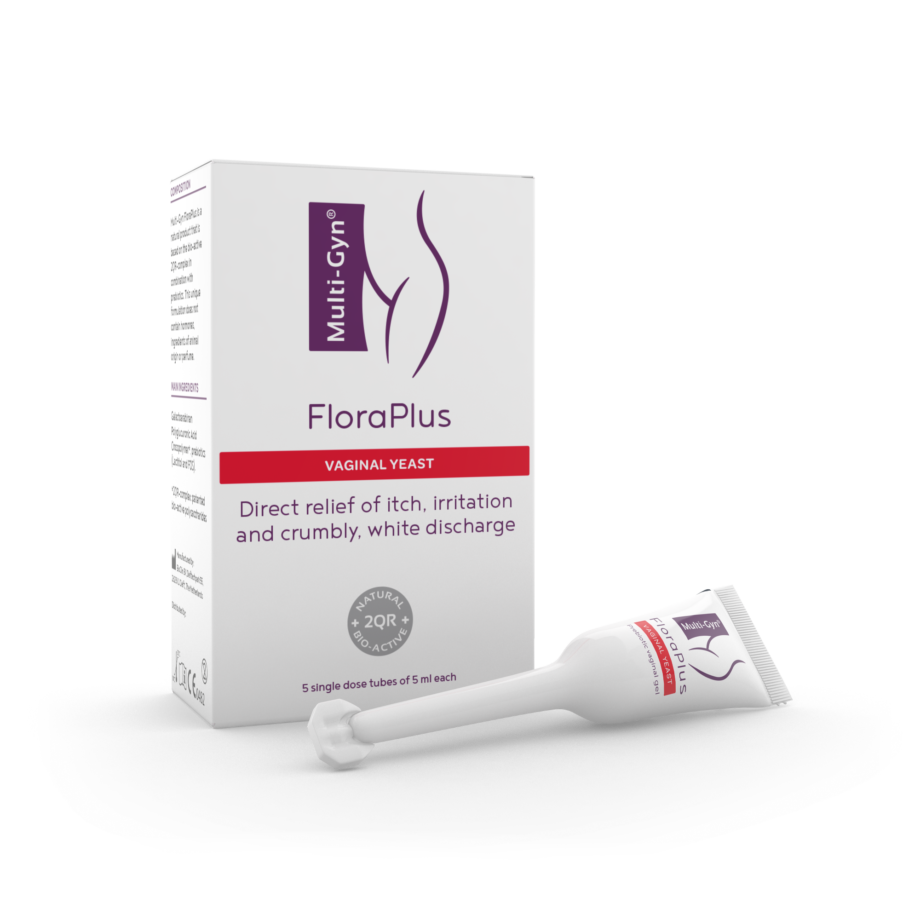
Multi-Gyn FloraPlus
Treats vaginal yeast symptoms
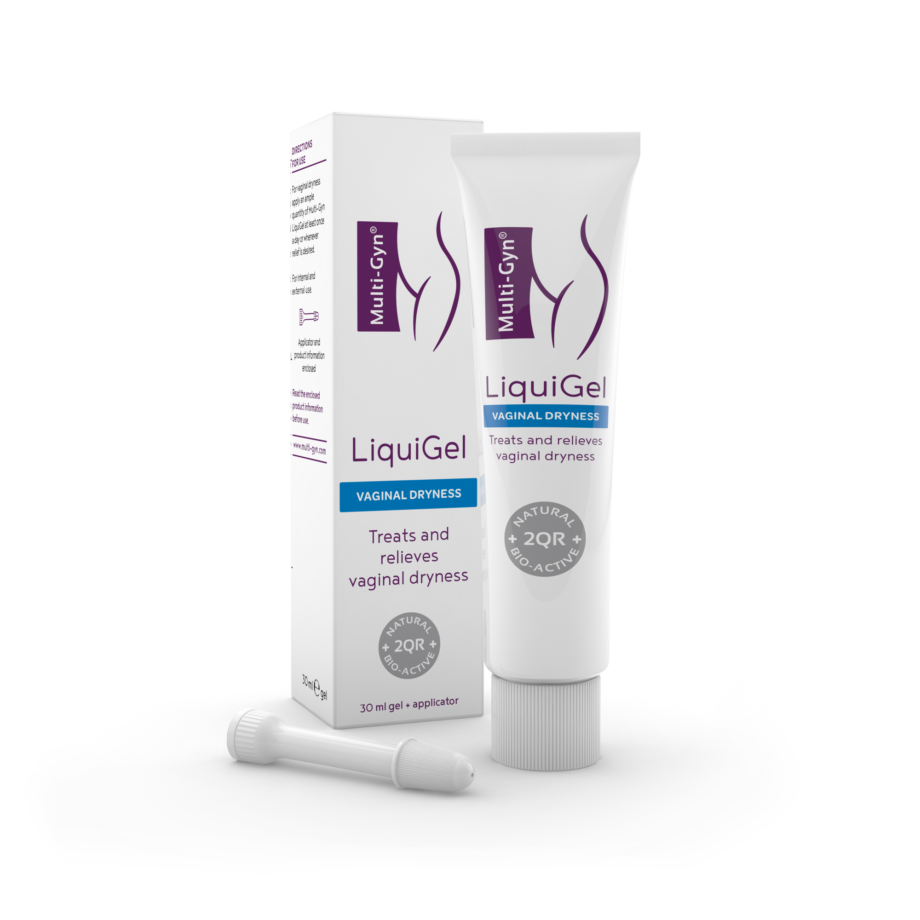
Multi-Gyn LiquiGel
Treats and relieves vaginal dryness
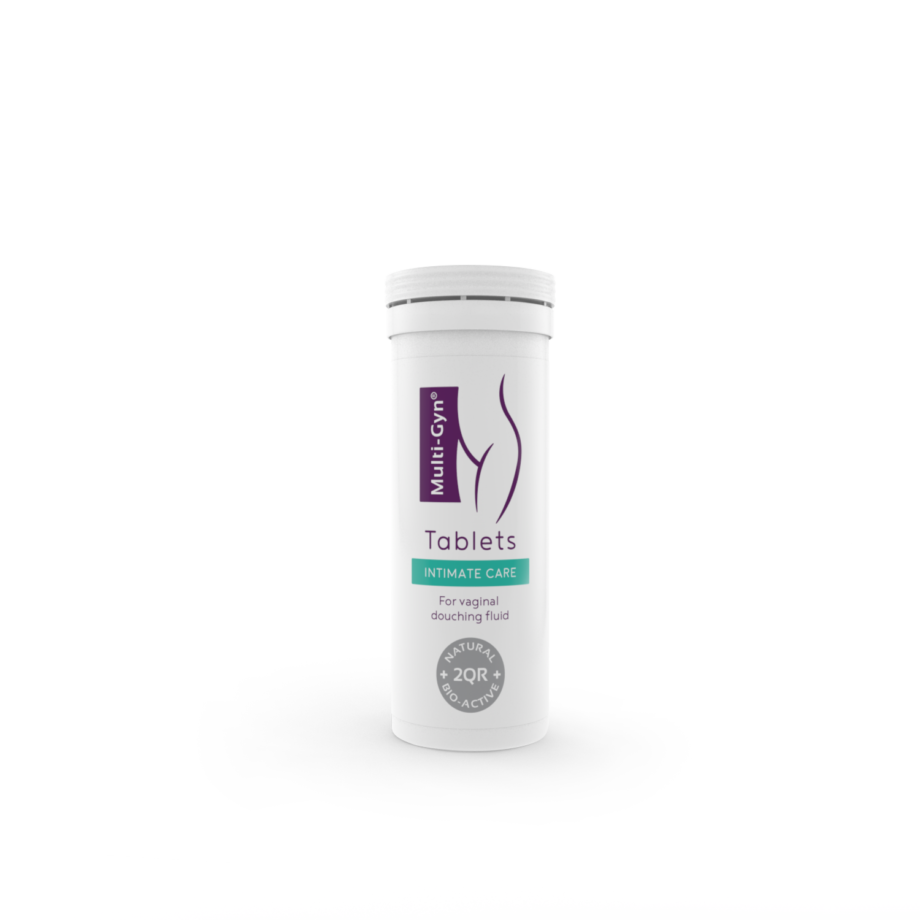
Multi-Gyn Tablets
For vaginal douching fluid
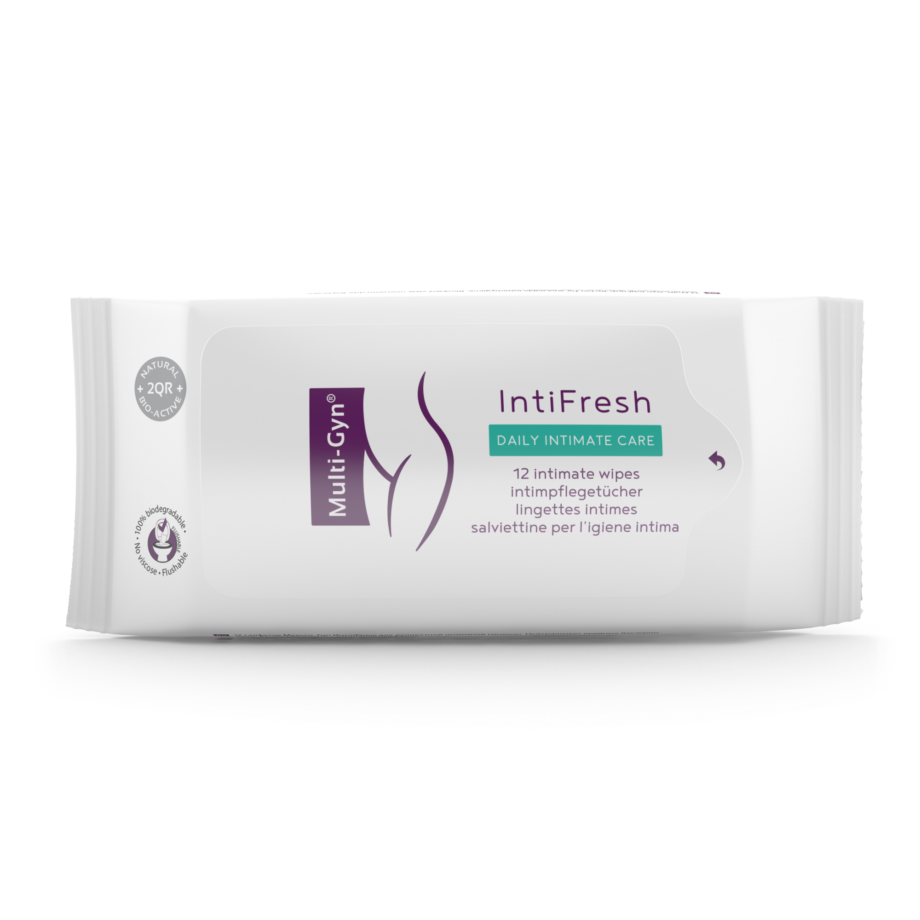
Multi-Gyn IntiFresh
Wipes for a mild intimate hygiene

Multi-Gyn IntiSkin
Soothes irritations of the intimate skin area
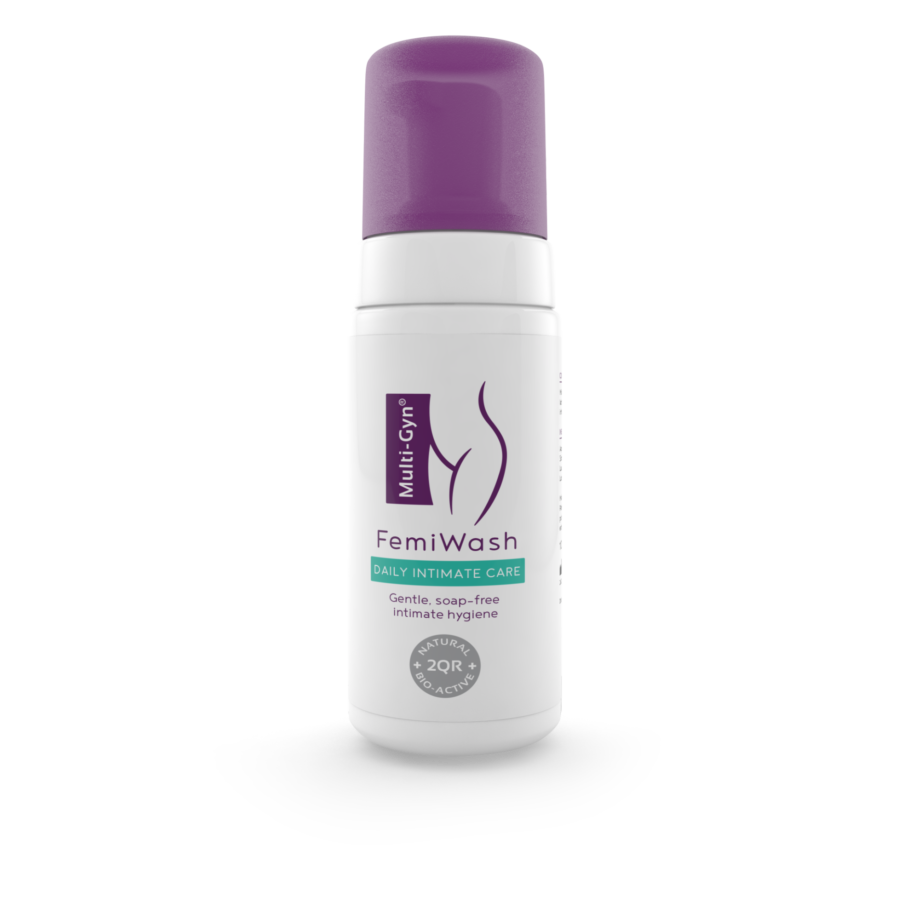
Multi-Gyn FemiWash
Gentle, soap-free intimate hygiene

Multi-Gyn Compresses
Maternity. Soothing effect on the external intimate area
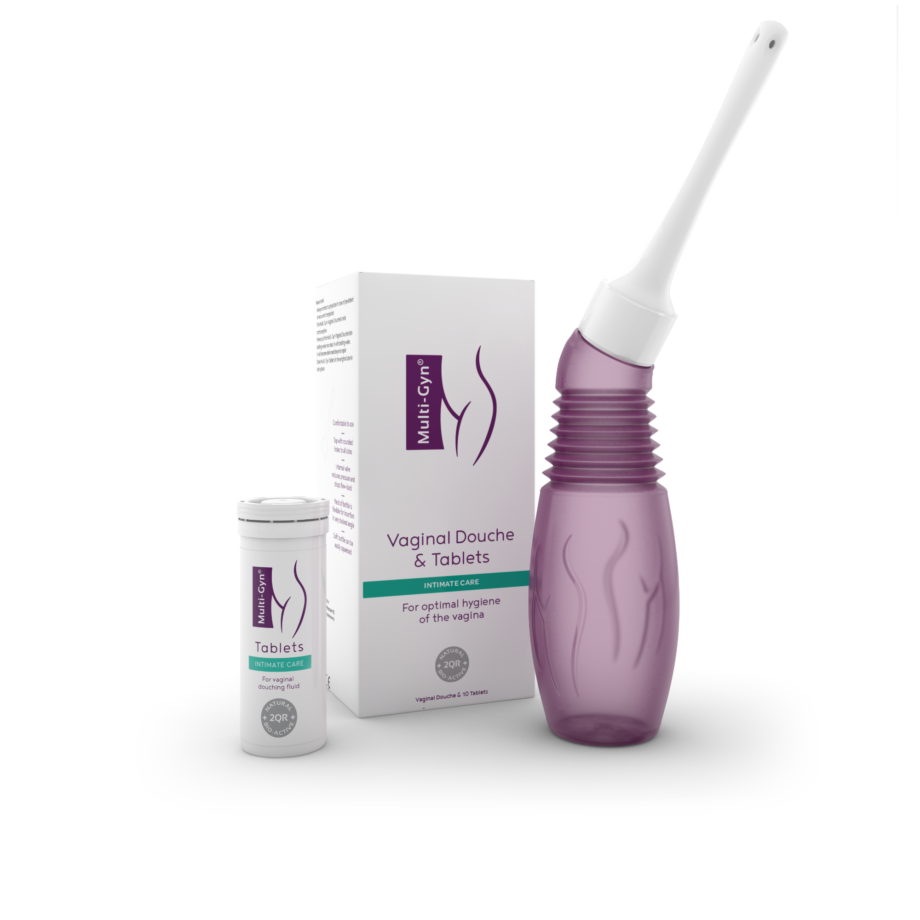
Multi-Gyn Douche & Tablets
For optimal hygiene of the vagina
Why do I get discharge?
Vaginal discharge consists of a slightly acidic mucus that is produced by the cervix and comes out of the vagina, cleaning out dead cells and bacteria in the process. Aside from cleaning the vagina, it keeps it moist and protects it against infection. A woman’s body produces about a teaspoon of discharge every day, starting about six months to a year before her first period. The flow is typically heavier during pregnancy, if you’re sexually active or if you’re on birth control. As you get older and enter menopause, your discharge may change or become less frequent, which in turn can cause vaginal dryness.

